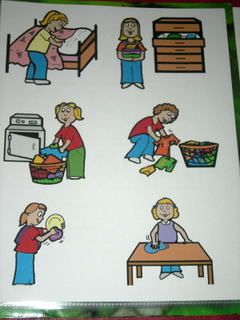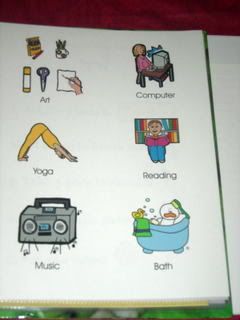
To express possession is to express what we own, to refer what it belongs to us, for example:
When you ask:
Whose bag is this?
Possible answers if you are the ownwer:

What if a third person refers possession or something belongs to someone ( a person)
For example:

Whose dog is that? (Megan)
It`s Megan's
It's hers
It's her dog
It belongs to her.
That dog belongs to Megan







